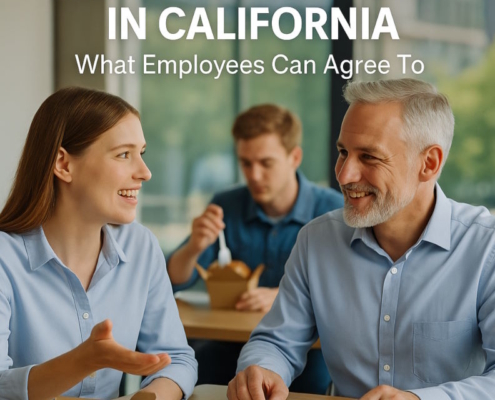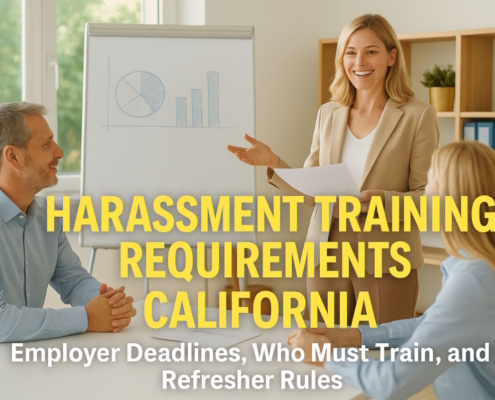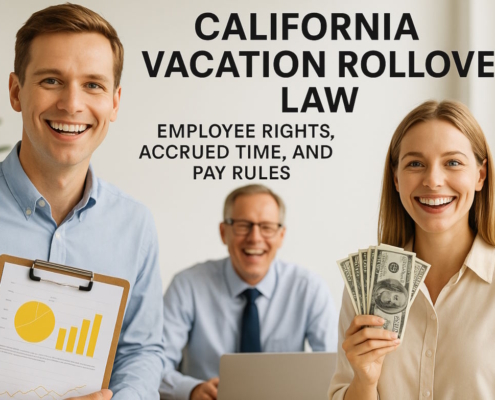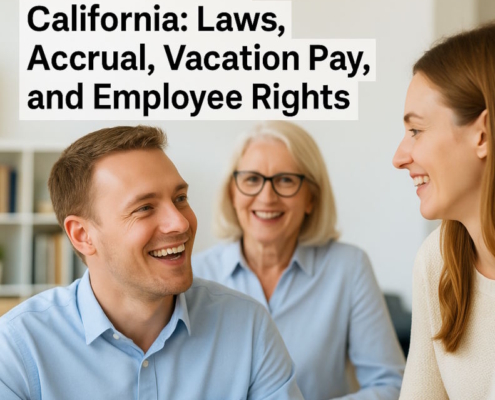What Is Back Pay?
What does back pay mean? Back pay is wage payment for work performed in the past where payment was not made at the time work was done.
Author: Douglas Wade, Attorney
Email | Call (800) 484-4610
Back pay is the wage paid or owed by an employer to a worker that wasn’t paid in the past paycheck. In back pay, the employer makes up the difference between what the employee was paid and the amount the worker should have been paid. Back pay may result from:
- Work that employees completed but their employer did not compensate them for
- Duties that the worker could have completed, but their employer stopped them from doing
- Work that, considering the circumstances; the employer should have paid workers more for
When there exists a discrepancy between the amount a company pays a worker and what the business should have paid the worker according to their contract, or the law, employers use back pay to make up the difference.
In this article, our employment attorney will discuss back pay as follows:
What Does Back Pay Include?
Back pay is expressed in various sums, depending on the situation. For example, back pay may include hourly wages, overtime pay, bonuses, extra fees, commissions, salary, bonuses, or other forms of compensation.
For example, if an employee was paid the regular rate for eight overtime hours, they would deserve back pay for the difference between their regular hours and overtime hours that their employer did not pay.
Additionally, when wage violation cases occur, the court often orders employers to pay “back payments” to employees whom employers wrongfully or unfairly paid.
Therefore, back pay is often used to help employees whose employers did not compensate them fairly, either on purpose or accidentally.
Is Back Pay the Same as Retroactive Pay?
Retro pay refers to any extra payment that employers add to a worker’s paycheck to compensate for the lack of payment during the previous pay period.
Back pay occurs when employers pay workers extra to make up for a month or period when workers did not receive any pay.
Retro pay, on the other hand, occurs when companies realize that there was a problem or miscalculation during a pay period and that they did not pay their employees sufficiently.
For example, if a worker is paid for their normal 35-hour workweek but paid at a rate of $20 per hour instead of their correct wage of $30 per hour, the employer would need to pay the difference back. Therefore, the difference in gross pay from $700 to $1050 would be labeled retro pay.
However, what if the employer simply did not pay the employee? The difference ($1050) would be referred to as back pay.
How is Back Pay Paid?
Employers utilize back pay when:
- Paying employees bonus compensation due to an earnings computing error
- Paying employees commissions due to an earnings calculation error, or problem in recording sales
- Paying employees for work performed under an illegal agreement, such as a commission-only policy
- Paying workers’ wages they are owed based on their final pay period, usually following resignation or termination.
- Paying employees for earnings increase that the employer failed to apply
- Paying employees for overtime that the employer miscalculated, forgot, or calculated with the wrong pay scale
- Paying employees for an earnings increase is considered retroactive
What is the Lookback Period for the FLSA?
When companies fail to pay their workers the correct wages, they violate the Fair Labor Standards Act (FSLA).
The FSLA includes numerous strategies through which workers can get their back pay, including:
- Private lawsuits brought by workers
- Payments oversaw by the Department of Labor’s Wage and Hour Division
- Lawsuits brought by the Secretary of Labor
- Injunctions that stop businesses from underpaying employees, typically following a company violation
A main component of the FLSA is a statute of limitations on recovering back pay. When workers decide that lawsuits are the correct way to pursue their back pay, the judgments sometimes cover legal fees and damages. In addition, in some cases, the court penalizes the business for violating workers’ rights.
The two-year window increases to a three-year window when the court deems that the employer purposefully withheld payments, purposefully paid workers the wrong or incomplete amounts, or participated in similar offenses.
Employees who seek back pay only have a two-year period in which to do so. Therefore, employees who want to collect their back pay should begin the process immediately.
Contact an Employment Attorney
If your employer owes you back pay, the first thing you should do is contact an experienced employment attorney. Employees whose employers unfairly compensated them must begin tracking down back pay immediately.
Unfortunately, not only does the FSLA have a 2-3 year window of accountability for employers, but some companies will attempt to drag out the process to avoid payment.
When businesses fail to compensate workers properly, their next logical move should be to compensate employees with retro or back pay.
However, some companies refuse to admit to their mistakes or miscalculations, while others pay workers incorrectly on purpose to save money.
No workers should have to tolerate these offenses.
At Nakase Wade, our California business lawyers and corporate attorneys aim to protect our clients and get them the damages they deserve.
So if your company owes you wages, contact Nakase Wade today. We have helped numerous California employees recover lost wages, and the time to act is now.
Have a quick question? We answered nearly 2000 FAQs.
See all blogs: Business | Corporate | Employment
Most recent blogs:
































